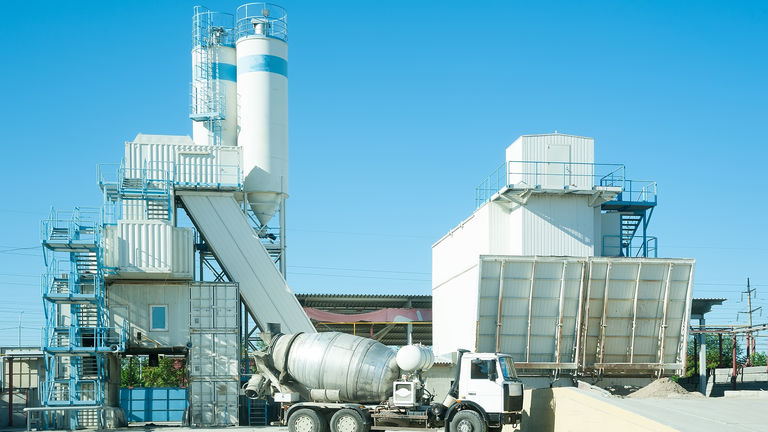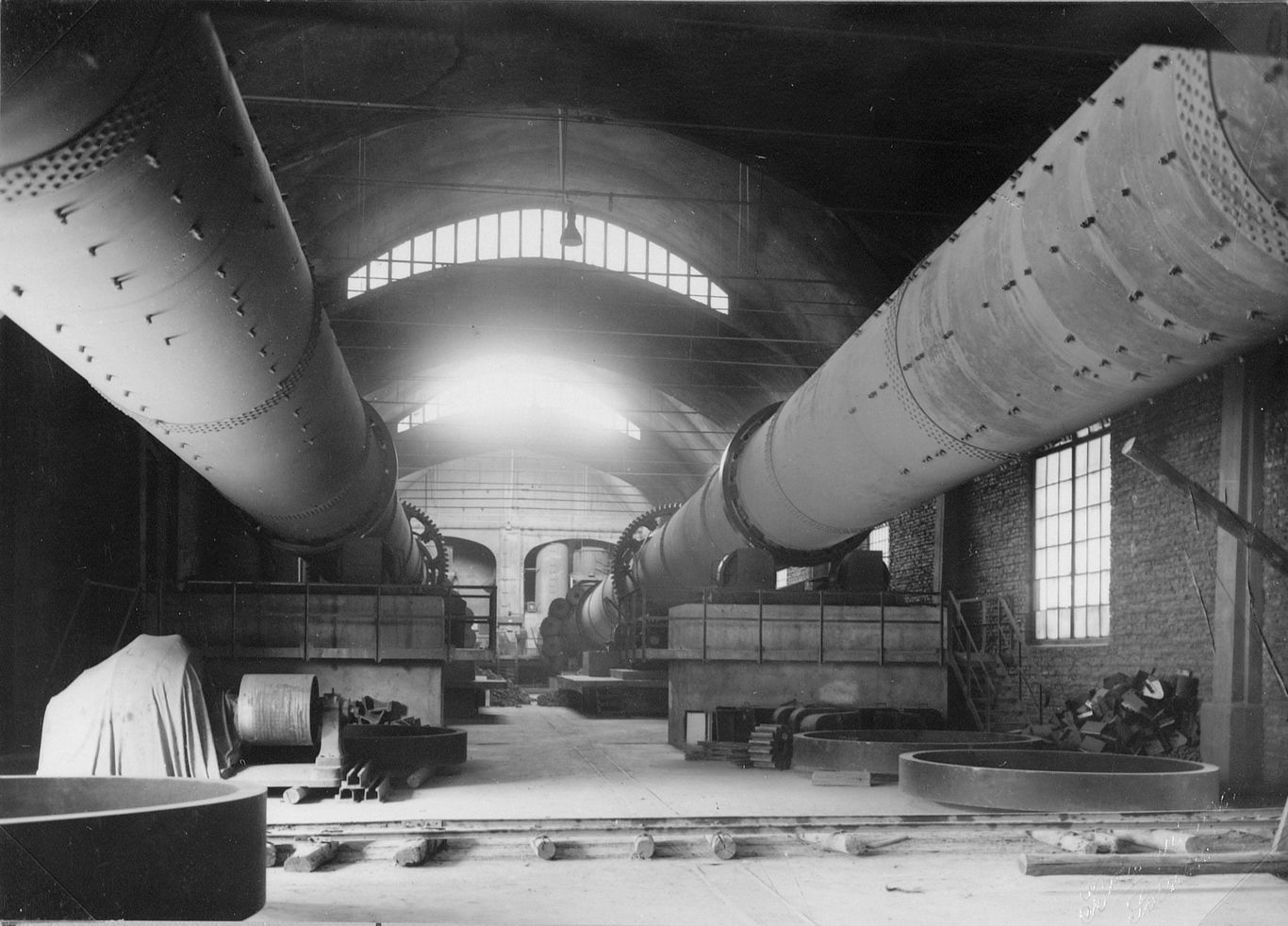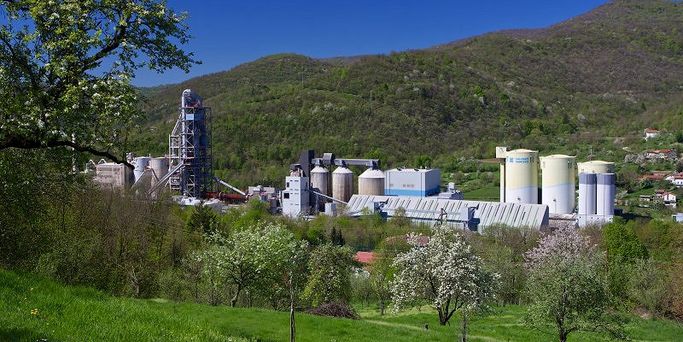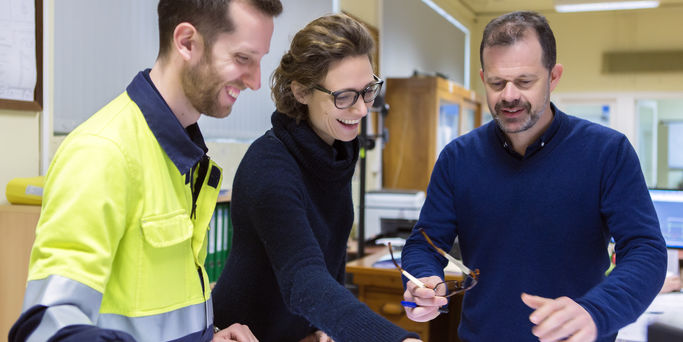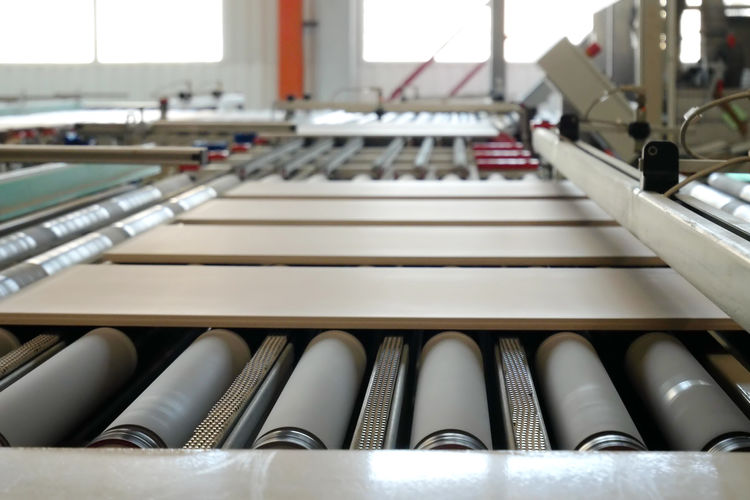The switch to alternative fuels
The rising cost of energy is inciting cement manufacturers to increasingly switch to alternative fuels, namely waste and industrial residue. By definition, these raw materials don’t have constant compositions, making it impossible to determine in advance the emissions that will be generated by their combustion.
A bypass for alkali
Furthermore, undesirable elements such as alkali chlorides tend to be present in the waste. The presence of alkali can cause blockages in the preheater because of the formation of melted salts, causing interruptions of production and long maintenance periods. The solution is to implement a specific bypass that extracts 10 to 15% of the gas flow at a point where the alkali is gaseous. Though this technique solves most of the blockage issues, it also increases emissions because the flue gas cleaning system is bypassed as well.
The same acid gases as in waste combustion
The gases present in the emissions of cement manufacturing plants are mainly HCl and SOx, as well as the other elements that are also found in emissions from waste to energy plants, according to the nature of the fuel they use.
The same legislation as waste to energy
The European Union’s CLM BREF document establishes that industrial facilities using over 40% of waste for fuel are submitted to the same emissions limits as waste to energy (WTE) plants. Furthermore, the revision of the BREF is scheduled to happen in 2020 or 2021. These limitations increasingly apply to the cement industry, which is, therefore, more than ever in need of efficient flue gas treatment solutions.
What does our solution do for cement industry?
SOLVAir® 's solution injects a sodium-based dry sorbent into the flue gases, right before a dedicated bag filter that will trap pollutants.
An easy and adaptable solution
Our dry sorbent injection system offers the simplicity of installation, ease of use and efficiency in the treatment of flue gases. It combines these advantages with the high adaptability needed to quickly react to varying emission compositions.
Key benefits for cement manufacturers customers
As the residue from the reaction of acid gases with sodium bicarbonate is soluble salts, it is easy to separate undesired elements in the flue gases such as alkali chlorides from the clinker powder.
More efficient capture of pollutants
Thanks to this, cement plants can reuse most of the elements that would be lost if they used a calcium reagent in the bypass treatment, making the SOLVAir® solution the most efficient way of complying with stringent emissions limits.
